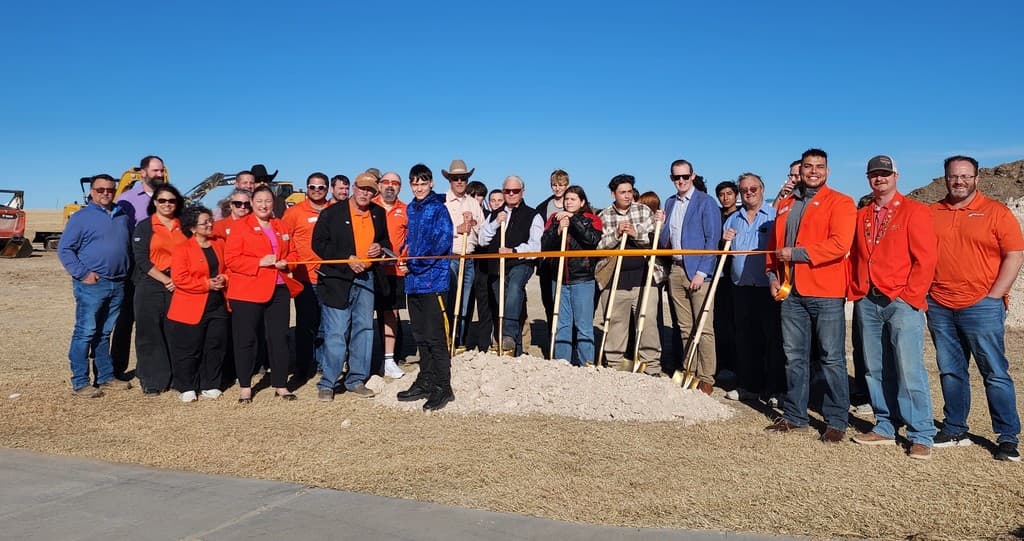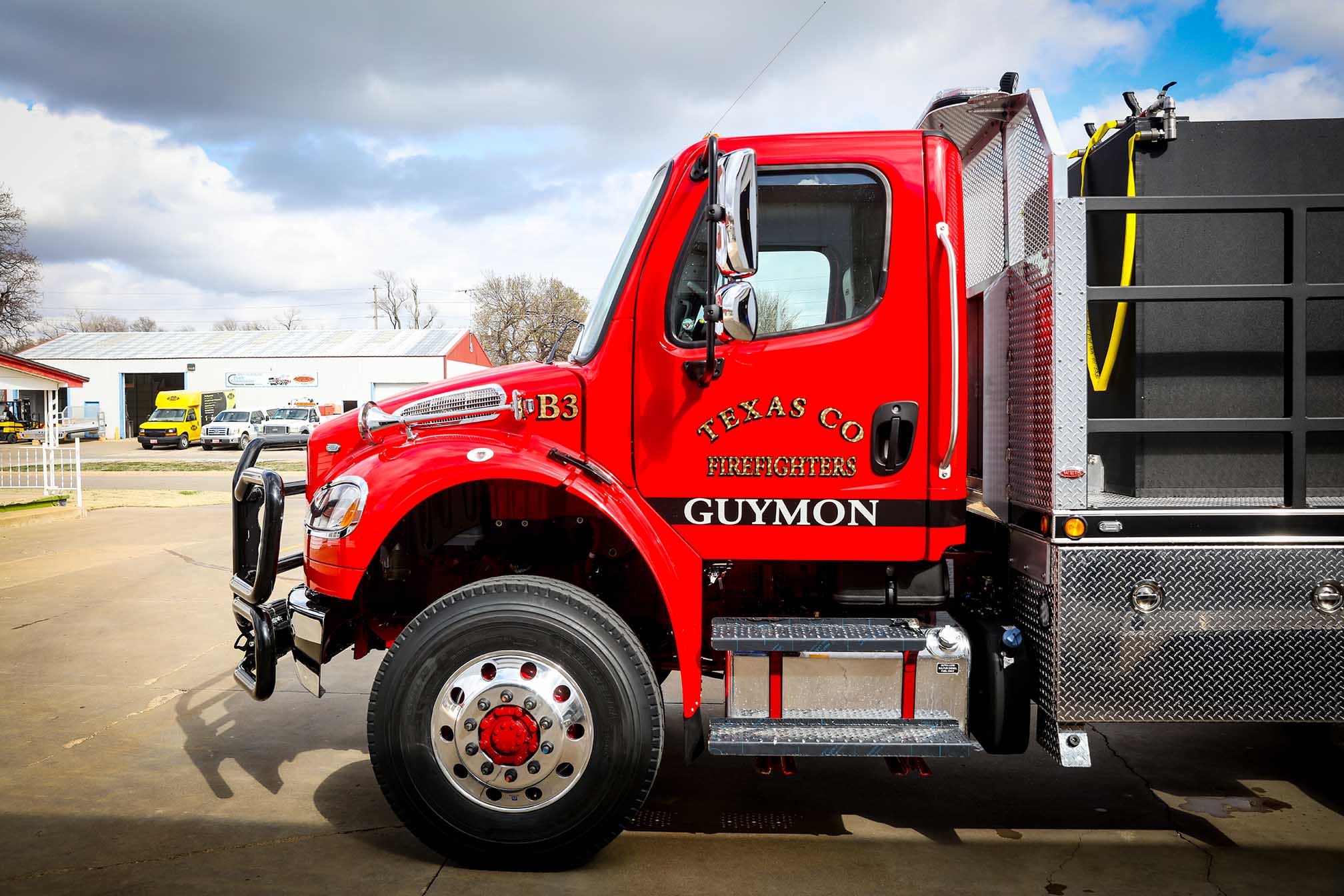Whooping Crane Migration Advisory, ODWC Seeks Local Sightings
The Oklahoma Department of Wildlife Conservation published a field guide style advisory on November 7 informing the public about the annual migration of endangered whooping cranes through the Great Plains, and asking residents to document sightings with photos and details. The advisory identifies common stopover areas east of Guymon and west of Interstate 35, and offers practical identification tips and reporting tools that matter to hunters, anglers and other local residents.

The Oklahoma Department of Wildlife Conservation published a field guide style advisory on November 7, 2025, alerting residents to the annual migration of the endangered Aransas Wood Buffalo whooping crane population. The advisory explained the cranes make a roughly 2,500 mile migration from nesting grounds in Canada to wintering grounds on the Texas coast, and asked sportsmen, bird watchers and the general public to document sightings to help track the birds path.
The advisory provided specific guidance for identification and reporting. Observers were asked to record photos and details of location and behavior. Identification tips included a white body, black wingtips visible in flight, a red crown and a rump described as a "bustle". The department noted the cranes may use wetlands and grain fields while stopping to refuel along the route.
For Oklahoma observers the advisory highlighted a common corridor where the birds are most often reported, naming the area east of Guymon and the stretch west of Interstate 35. That local detail is directly relevant to residents of Texas County, where sightings in and around Guymon fall within the pattern described by the department. The advisory encouraged hunters and anglers in particular to be aware of crane presence and to submit reports through the department reporting tools on the ODWC website.
The request from ODWC links public observations with conservation monitoring. Documented sightings help wildlife managers map migration timing and stopover use, and improve understanding of where endangered birds concentrate during the journey. For local communities this information can inform land use decisions, hunting and fishing practices during the migration window, and outreach by conservation partners.
Practical implications for Texas County include increased attention to wetlands and agricultural fields during the migration period, and a need for community cooperation in documenting encounters. The advisory positioned local residents as partners in data collection, with the department providing online reporting options to streamline submissions.
The advisory was published in the ODWC Outdoor Oklahoma Journal and attributed to staff author Jena Donnell on November 7, 2025. Residents who encounter suspected whooping cranes are asked to document their sighting and use the ODWC reporting tools so that state and federal agencies can maintain accurate records of this endangered population as it moves through the region.


